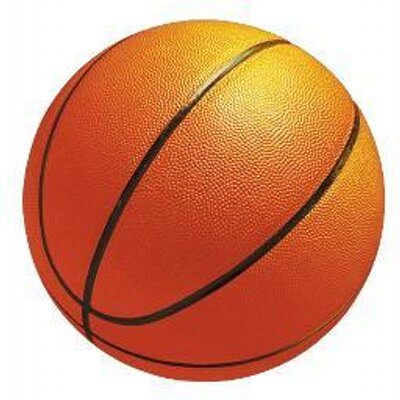
Following college ruling, whether high school athletes can make money of their image becomes hot topic
By Ernie Clark, Bangor Daily News Staff
The phrase “name, image and likeness” has dominated the college sports scene this year, with a Supreme Court decision leading the NCAA to adopt an interim policy giving all of its incoming and current student-athletes the opportunity to benefit financially from those three elements of their identity.
The NCAA’s move came just before laws or executive orders in numerous states providing for the same rights were to take hold, and the current policy will remain in effect until the NCAA establishes new rules on the subject or federal legislation is enacted.
While the landmark change applies only to college sports to date, it also prompted plenty of discussion at the recent National Federation of State High School Associations’ annual summer meeting in Orlando, Florida.
“We talked about it every day,” said Maine Principals’ Association Interscholastic Executive Director Mike Burnham, also a member of the association’s board of directors. “It was a huge topic of conversation.”
Whether or not the name, image and likeness rules eventually will trickle down to high schools is uncertain, as the recent state legislation that led to the NCAA’s policy shift involves only college sports.
“The legislation that we are seeing being passed or in motion does not speak to high schools,” said Dr. Karissa Niehoff, executive director of the National Federation of State High School Associations, which oversees interscholastic sports around the country. “Right now we do not have legislation that says high school student-athletes are able to engage in contracts and such that pertain to name, image, and likeness.”
Niehoff cited during a recent media availability differences between college and high school sports, including the elite level of the college student-athlete population that may be most likely to generate name, image and likeness opportunities versus the more participatory nature of high school sports.
Approximately 6 percent of the 8,000,000 high school student-athletes in America go on to play collegiately in one of the NCAA’s three divisions.
“We want to really carve out the high school population and that high school participation as different from college,” Niehoff said. “Participation in high school athletics really, truly is a privilege. It’s a piece of the overall educational experience, and the mission of high school participation is a little different from [college].”
The push for reforms has been motivated in great part by the big-money television contracts the NCAA and major Division I conferences land for such events as the NCAA Division I men’s basketball tournament and the Football Bowl Subdivision playoffs.
Such lucrative media deals aren’t available at the interscholastic level, nor generally are scholarships or additional benefits for students based specifically on athletic prowess.
At the Maine Principals’ Association, revenue generated from a few of the activities it sponsors each year — such as the high school basketball tournament — helps defray costs for the rest of the 24 activities it sponsors.
“When it comes to the actual high school locker room experience … we believe professional contracts could be a real disruptor in terms of how all of the kids feel, all of the families feel and all of the high school community feels where one or more student-athletes are identified as more elite and, in fact, quite frankly identified as professionals,” Niehoff said. “We don’t feel that is appropriate.”
Niehoff also fears the chance to earn money could negatively influence the high school student-athlete’s decision-making process along the college recruiting trail.
“We’re concerned that if something as shiny as [a name, image and likeness] contract is before them, it can detract from a student’s decision about where they want to go in their next phase,” she said. “We don’t want agents representing contracts to be the lead influencers.”
One big unknown may be the fate of high school student-athletes who are being recruited to play college sports and have derived financial benefits from participating in non-school sanctioned activities such as AAU basketball.
“Our policy in the past has been that any student-athlete going on to play at that next level needed to follow the NCAA guidelines in terms of receiving payment or prize money,” Burnham said.
“With the change at the collegiate level, that’s going to force us to have a conversation about amateurism and accepting money. I do believe we will follow the lead of the national federation in trying to protect high school athletics and not commercialize it.”